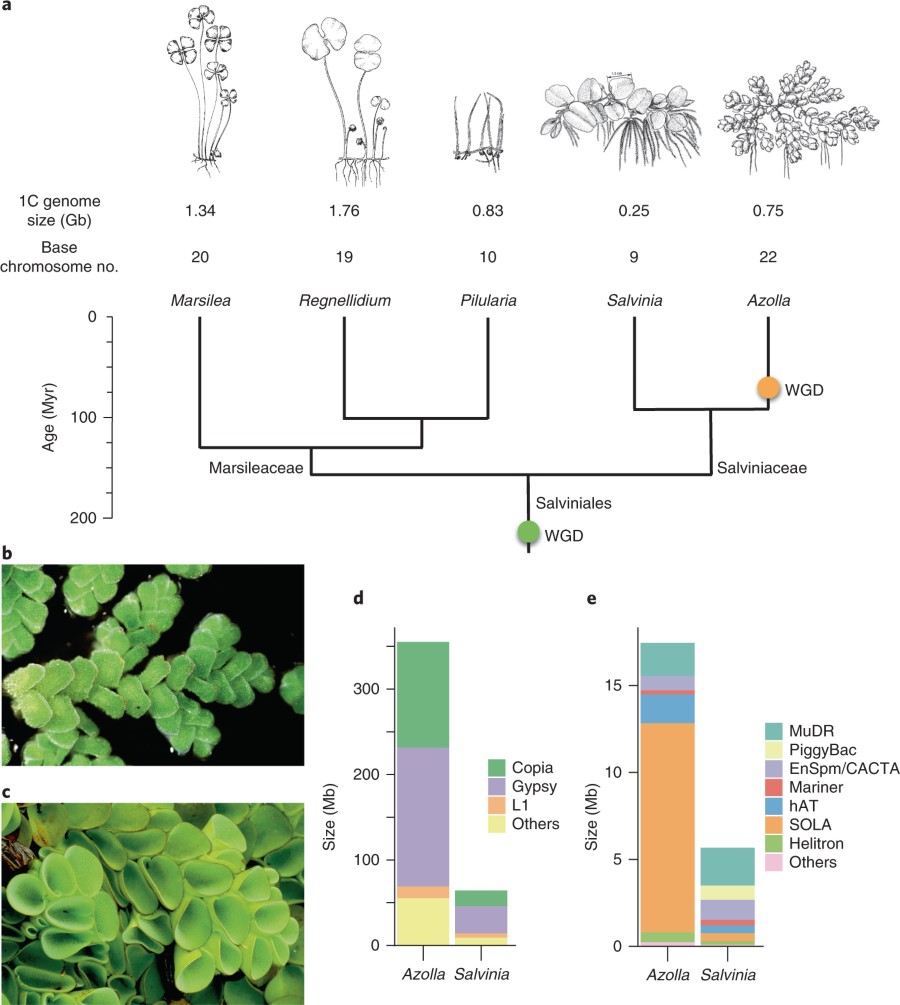An international team of scientists from the United States and Indonesia has described a new species of flowering plant of the genus Rafflesia from the Indonesian island of Sumatra.

Rafflesia kemumu. Image credit: Susatya et al / Ministry of Environment and Forestry Republic of Indonesia.
Rafflesia is a genus of holoparasitic plants without leaves and true roots, for which species of vines in the genus
Tetrasigma serve as the host.
Some of the Rafflesia species are the largest flowers in the world — they can grow up to 39 inches (1 m) in diameter, weighing 10 kg. When in bloom, all flowers emit a repulsive odor, similar to that of rotting flesh.
The genus occurs at the western region of Wallace’s Line in Southeast Asia: from Thailand to Indonesia and the Philippines. Of the about 30 described species, 14 are found in Indonesia.
The newly-discovered species, named Rafflesia kemumu, occurs in several regions of the Indonesian province of Bengkulu.
“The species is reported to occur in the Kuro Tidur area as well, also part of the Bukit Daun Protection Forest, and at Ipuh Production Forest, Muko-Muko Regency, Northern Bengkulu.”
The flowers of Rafflesia kemumu can reach 15-17.3 inches (38-44 cm) in diameter, according to the team.
The species flowers during any month of year, regardless of the season. However, flowering occurs more frequently from August to November than during other months and rarely in December.
Based on their observations, Susatya and co-authors recommend listing the species as Critically Endangered on the IUCN Red List of Threatened Species.
“The Palak Siring area is a famous tourism destination for Northern Bengkulu,” they explained.
“Of the four known populations of Rafflesia kemumu, one is very close to a trail within the Palak Siring Forest and is heavily visited and severely impacted from unguided tourists. The locations of the other three populations are more remote and occur in more pristine habitat.”
Rafflesia kemumu is described in a
paper in the journal
Phytotaxa.
_____
Agus Susatya et al. 2017. Rafflesia kemumu (Rafflesiaceae), a new species from Northern Bengkulu, Sumatra, Indonesia. Phytotaxa 326 (3); doi: 10.11646/phytotaxa.326.3.5





